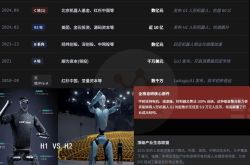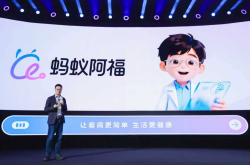Refined 60-Day Payment Terms Close Loopholes for Automakers
![]() 09/16 2025
09/16 2025
![]() 595
595
On September 15, the China Association of Automobile Manufacturers (CAAM) released the 'Initiative on Standardizing Accounts Payable Practices for Automotive OEM Suppliers,' providing standardized recommendations for payment terms in procurement contracts between automotive OEMs and suppliers. This initiative has received responses and support from relevant national departments, including the Ministry of Industry and Information Technology.
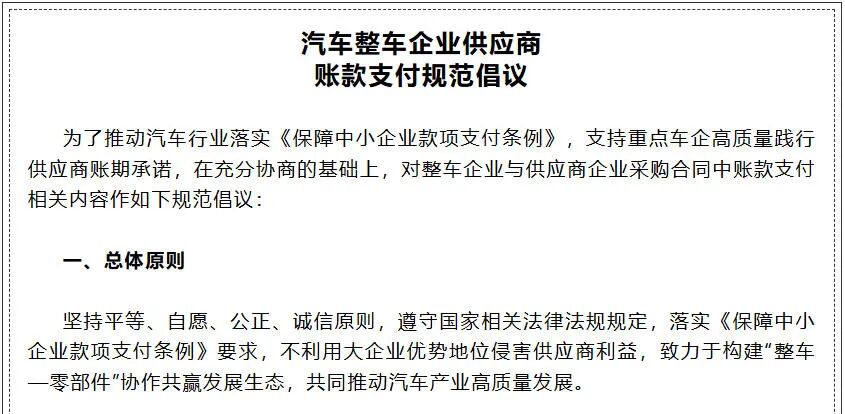
The 12-point initiative details procedures for goods delivery and acceptance, payment term commencement, reconciliation and settlement, and payment execution. It specifies that goods acceptance should not exceed three working days in principle, with payment terms commencing on the date of supplier delivery and acceptance. The new regulations close multiple loopholes that may have existed in the previous '60-day payment term' commitment, providing clear guidance for fostering a collaborative and win-win ecosystem between OEMs and component suppliers and making it difficult for automakers to exploit loopholes.
New Regulations Close Execution Loopholes
Payment issues for automotive industry suppliers have long been a pain point in the supply chain. According to industry data released by the China Association of Automobile Manufacturers in 2024, the average payment term for domestic automakers is as high as 170 days, with many companies exceeding 200 days, imposing significant financial pressure on component manufacturers. This situation not only affects supply chain stability but also hinders the healthy development of the entire industry.
From June 10-11 this year, following regulatory discussions, 17 key automotive OEMs, including SAIC, Changan, and Geely, publicly committed to 'payment terms not exceeding 60 days,' a move that initially received market acclaim. However, due to the complexity and variability of payment processes and differences in supply chain management systems among automakers, inconsistent execution has occurred, with some companies still finding ways to indirectly extend payment terms.
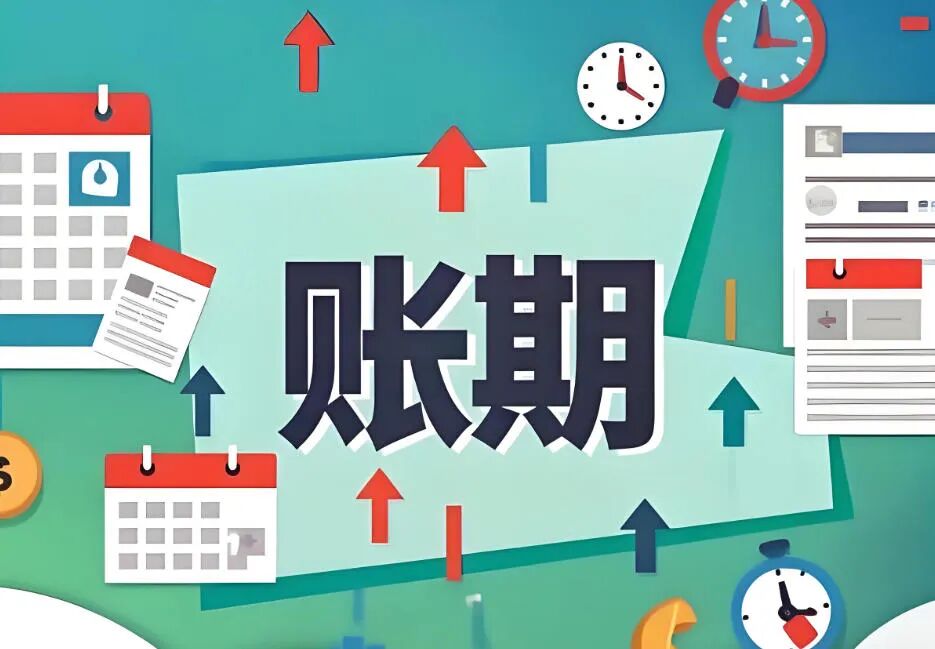
The initiative released by CAAM precisely addresses four major loopholes: 1) Acceptance time loophole, stipulating completion within three working days; 2) Payment term commencement loophole, clarifying calculation from the acceptance date; 3) Payment method loophole, encouraging cash or bank acceptance bills; 4) Pricing dispute loophole, requiring partial payment based on a certain proportion. These detailed provisions make it difficult for automakers to exploit loopholes.
Fu Bingfeng, Executive Vice President of the China Association of Automobile Manufacturers, stated, 'Since automakers publicly committed to 'payment terms for suppliers not exceeding 60 days,' they have actively improved management processes and optimized payment methods to expedite resolution of related issues. However, standardizing supplier payment terms is a systemic endeavor requiring collaborative efforts from all parties.'
The release of this initiative aims to establish a fair and transparent supply chain cooperation environment, ensuring the genuine implementation of the 60-day payment term commitment through detailed procedural requirements and preventing various forms of loophole exploitation. This will fundamentally change past practices of indirectly extending payment terms through delayed acceptance or ambiguous commencement dates.
Automakers Face Substantive Constraints
The release of this initiative reflects regulatory authorities' high priority on the health of the automotive industry supply chain. The transition from collective commitments in June to detailed regulations in September, spanning just three months, demonstrates regulators' unwavering determination to enforce the 60-day payment term. Automakers now face not soft constraints but actionable and enforceable requirements.
The initiative provides clear guidance on payment methods, encouraging cash payments (bank transfers, wire transfers, etc.) or bank acceptance bills. For SME suppliers, full cash or bank acceptance bill payments are advocated. This provision directly addresses industry pain points, effectively preventing some automakers from indirectly delaying payments through the issuance of 'supply chain finance instruments' and similar commercial bill-like methods.
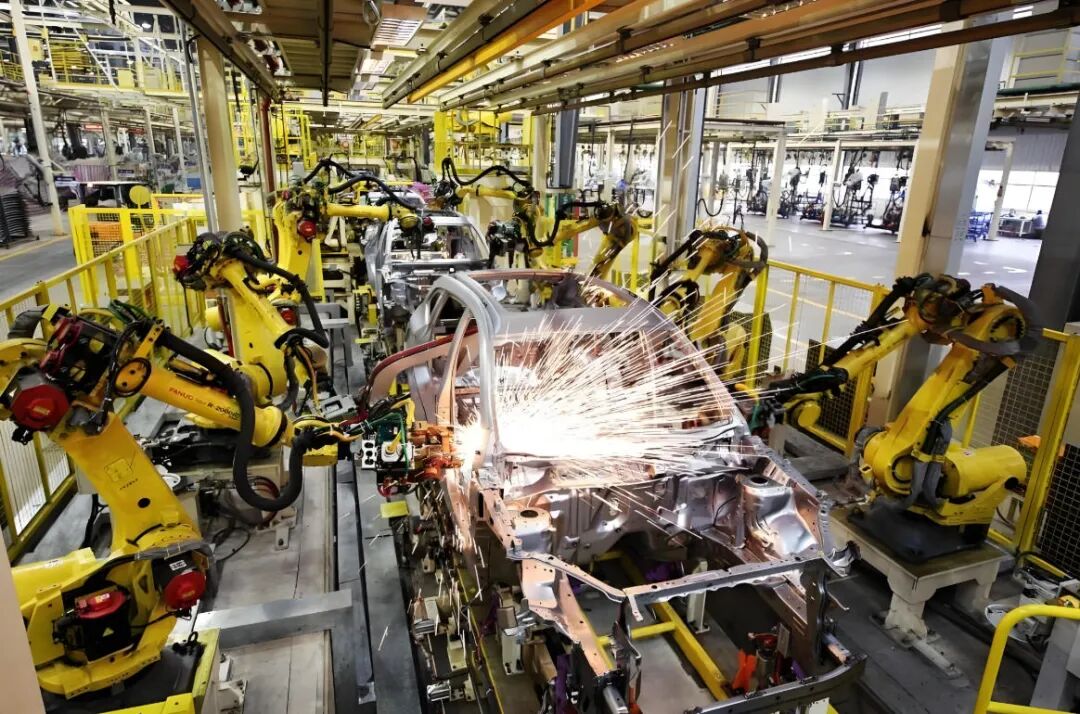
According to the 'Survey Report on Capital Turnover in the Automotive Supply Chain' released by the China Enterprise Confederation in 2024, approximately 23% of suppliers have received payment instruments issued by automakers, with 35% of these instruments at risk of non-payment. The implementation of the new regulations will effectively curb such loophole exploitation.
To prevent delayed reconciliation and payment due to unresolved unit price disputes, the initiative requires partial payment based on the unit price from the most recent supply contract (minimum 80%) or the development fixed point (designated supplier) unit price (minimum 50%). Any adjustments can be made after mutual price agreement, ensuring uninterrupted operations for supplier enterprises, particularly providing more substantial financial support for SMEs.
Capital Markets Respond Positively
Capital markets have responded positively to this initiative. On September 15, automotive component stocks strengthened across the board, with Top Group surging over 9%, Desay SV over 7%, and Sanhua Intelligent Controls and Bterly over 4%. Affected by market sentiment, ETFs tracking the CSI Automotive Components Theme Index rose over 2%. This reflects investor confidence in the new regulations' ability to improve financial conditions for component manufacturers, believing that automakers will find it difficult to exploit loopholes for supply chain financing.
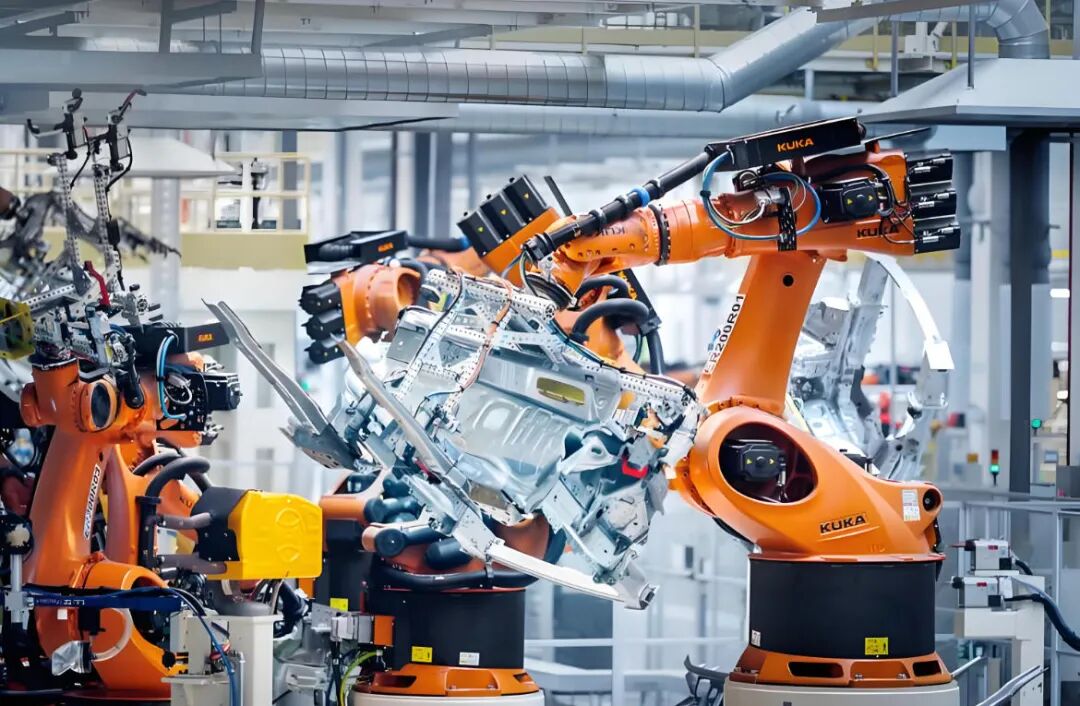
Securities analyst reports indicate that standardized payment practices will directly improve operating cash flow for component manufacturers, reduce financial costs, and enhance profitability. According to CITIC Securities estimates, shortening payment terms from 170 to 60 days could increase the average net profit margin of the component industry by 1.5-2 percentage points. This implies a reallocation of value across the supply chain, with some implicit profits previously obtained through supplier financing returning to component manufacturers.
Huatai Securities automotive industry analyst stated, 'Standardizing payment practices will prompt automakers to focus more on supply chain management efficiency rather than relying on supplier financing for operations. This will shift industry competition from price wars to quality and efficiency. Companies that previously depended on loophole exploitation for cash flow will face significant challenges.'
Humanoid robots and intelligent vehicles share many hardware and software similarities, leading automakers to enter the robotics sector and component manufacturers to increase their robotics presence. Core robotics components such as lead screws, motors, reducers, sensors, and skeletons are widely used in vehicles, making humanoid robots a 'second growth curve' for automotive components. With the new regulations, component manufacturers will have more funds for innovative R&D, accelerating transformation and upgrading.

Industrial Securities research report suggests that with the new regulations, component manufacturers with technological advantages will have more R&D investment space, accelerating their transition toward 'high-end, intelligent, and green' development. Over the next three years, the Chinese automotive component industry is expected to undergo a wave of mergers and acquisitions, further increasing market concentration. Automakers that previously relied on delayed payments for operations will face greater pressure and find it difficult to maintain improper competitive advantages through loophole exploitation.
Conclusion:
The strong performance of the automotive components sector fully reflects market approval of the new regulations. These detailed standards make it difficult for automakers to exploit loopholes, substantially alleviate cash flow pressures for component manufacturers, and significantly enhance innovation capabilities, further consolidating the resilience of the entire automotive supply chain.
The new regulations not only standardize payment timelines but also reshape the automotive industry ecosystem. By closing loopholes and refining requirements, regulatory authorities are promoting the establishment of healthier and more transparent supply chain relationships. Automakers must adapt to this more standardized management approach, while component manufacturers can expect a fairer cooperation environment and more stable financial support.




